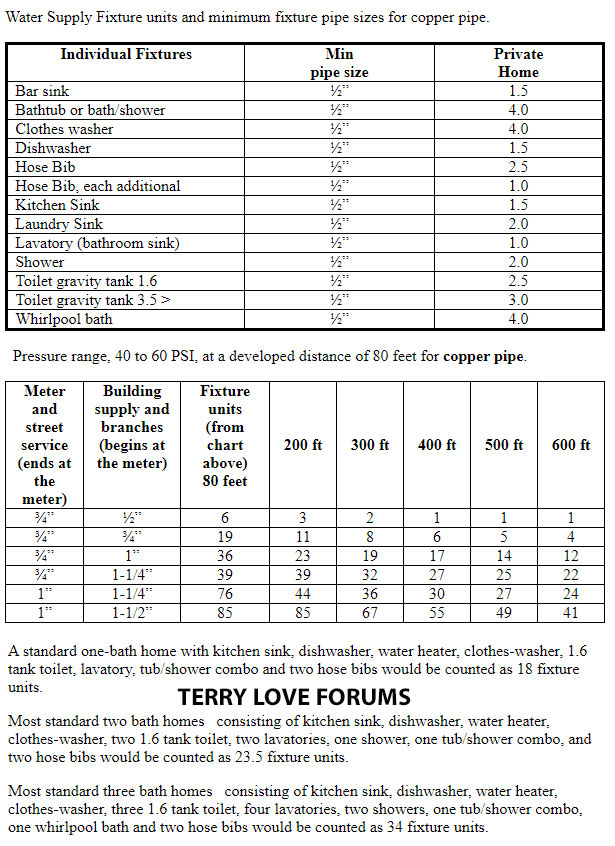The PVC pipes that go down my well and hold the pump are 1-1/4", but the pipes that run underground to my house are only 1". I've considered upgrading the 1" pipes to 1-1/4", and asked someone about this, but they said it doesn't matter because "the interior of the check valves is narrower than 1-1/4 inches, so upgrading your pipes won't do anything because the check valves will be your limiting factor." Intuitively that makes sense, but I don't know if it's true.
If there's no need for upgrading all my pipes to 1-1/4", then should I put the CVS on the 1-1/4" pipes running down my well, perhaps just before the 1" x 1-1/4" adapter?
One other question: if I leave the 1" pipes in place, what's the upper limit to GPM that I can safely get from a pump?
Thank you for the help.
If there's no need for upgrading all my pipes to 1-1/4", then should I put the CVS on the 1-1/4" pipes running down my well, perhaps just before the 1" x 1-1/4" adapter?
One other question: if I leave the 1" pipes in place, what's the upper limit to GPM that I can safely get from a pump?
Thank you for the help.


